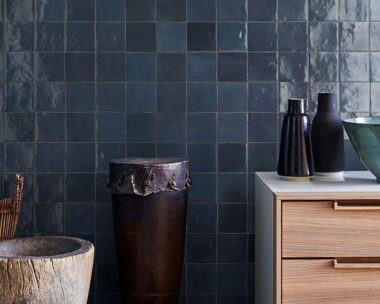The Partner has just finished a major landscaping job at a development where two new houses required a massive amount of planting.
Being an individual with a short attention span, I found it challenging to listen to him harp on about hard landscaping elements, such as timber and rocks.
But, like other items of hard landscaping, rocks have several roles to play in garden design. They add a strong element as a contrast to the softness of plants, they provide a sense of permanence – especially valuable in a new landscape – and they can double as a sculpture and focal point.
And even more useful, they’re very good at telling you exactly what should go where. Heave a rock into an empty garden bed or onto a boring stretch of lawn, and you immediately have a starting point. The height, shape, colour and aspect of the rock will suggest styles of planting, types of foliage, colours and arrangements of other elements of the garden.
If you’re going to use rocks in a landscape design, it’ll require some organisation. They’re most certainly not an impulse buy, and you can’t just rock (sorry) on down to the garden centre to choose a few for delivery and installation the same day.
Many landscape supply yards sell rocks, and if you live in, or near, a rural area, there may be farmers and property developers who have piles they’re keen to get rid of – sometimes for a cost, sometimes for free. It’s a nice idea to eco-source, because those that come from around your area will look more at home in your environment.

These rocks are used as sculptures in a minimalist Japanese-style setting. Both are well settled into the sand.
A major difference between landscaping with rocks and landscaping with plants, is that you can move a plant a dozen times in about a minute to see which way it’ll look its best. This is not so with rocks, unless you’re married to Superman or have your own bobcat, so it’s best to have a plan.
Rocks always look bigger when seen individually than when they’re positioned in your garden with their mates. Decide where they need to go, and estimate the approximate shapes and sizes. You don’t have to be too precise, but bear in mind that you probably don’t want to be moving them more than once.
Rocks look silly sitting above the ground, so once you’ve found the spot for each one, get Superman to dig a hole so you can bury it partway in the ground, and try to position them in odd numbers.
Interestingly shaped rocks can stand alone as pieces of sculpture, but otherwise put them in groups of three or five and you’re more likely to get a natural look.
When you’ve completed the rock placement, choose your plants and congratulate yourself – you now have some seriously large elements in your garden that are totally undemanding. You might want to slather them with yoghurt to encourage lichen growth, but you’ll never
need to water, weed or fertilise them.

Mix and match
This rockscape has been beautifully designed to showcase huge slabs of white rock against a background of lime chip. Plants have been chosen to match in terms of colour, texture and environment. Dark reds and purples contrast with the rocks, while the pale, grey-green of the succulents and astelias pick up subtleties of those tones. All the plants suit the dry garden style. The stacking of the slabs gives height to the arrangement. Flat areas have been provided as sitting spaces on which to place other sculptural elements, such as the water basin and ball.

True colours
You might think rocks are just rocks, but there are subtleties of colour at play that need to be acknowledged when choosing plants. If you’ve gone with black or charcoal rocks, silvery-toned foliage will work and you’ll be spoiled for choice with the different types of plants available. White, pink, blue or purple flowers look good too. Tan and rust-coloured rocks are a different kettle of fish. Reds, oranges, yellows and browns will work, and you’ll have some fun with the wide range of coloured mini-flaxes now on the market. Pale grey rocks (and riverstones) look amazing when paired up with dark foliage – the purple and black flaxes are dramatic, and anything with deep green foliage will also look good.




